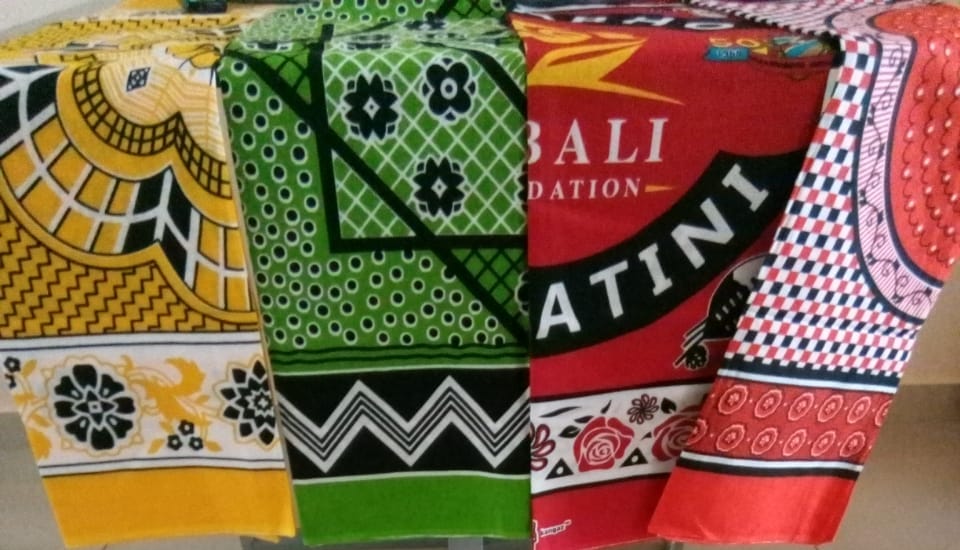Introduction
Who Are the Swati People?
The Swati people, also widely known as the Swazi, are a Bantu ethnic group belonging to the larger Nguni family. They are predominantly found in Eswatini (formerly Swaziland), with significant populations in South Africa and Mozambique. The Swati people are known for their vibrant culture, strong kinship bonds, and deeply rooted traditions.
History of the Swati People
The origins of the Swati trace back to the early 18th century. The Swati nation was formed under King Ngwane III, who is regarded as the founding father of modern Eswatini. Over time, the Swati unified various clans and absorbed other groups to establish a central kingdom in the region now known as Eswatini.
The Kingdom of Eswatini evolved into a powerful monarchy with the Dlamini royal clan at its core. Unlike many African nations that were colonized, Eswatini managed to retain a strong monarchy even during colonial rule by the British, and it continues today as one of the few absolute monarchies in the world.
Also Read: The History and Origin of Tarok People
Without any doubt, we have in many occasions where the Eswatini King has been performing functions with his traditional attire. He promotes his culture wherever he found himself. That’s the spirit. Let your culture be known by men around you without you hidden it from them.
Origin and Ethnic Relations
The Swati people are part of the broader Nguni ethnic group, which includes the Zulu, Xhosa, and Ndebele. Their ancestors migrated southward from central Africa in waves during the Bantu expansion. Over time, the Swati developed a unique identity through alliances, wars, and the influence of neighboring tribes and European settlers.
Their language, siSwati, is closely related to Zulu and other Nguni languages, and it remains one of the official languages of Eswatini and South Africa.
Traditional Swati Food
Swati food is simple yet hearty, with a focus on locally grown produce and livestock. Some popular Swati dishes include:
Sishwala – A thick porridge made from maize or sorghum.
Emahewu – A fermented maize drink similar to yogurt.
Sidvudvu – A pumpkin porridge dish.
Inyama yenhloko – Boiled cow’s head meat, often served during ceremonies.
Timbita – Groundnut and bean mixtures often prepared for special occasions.
Cattle are highly valued, not only as food but also as a symbol of wealth and status in Swati culture.
Religion and Belief Systems
Traditional Swati religion revolves around ancestor worship and the belief in a supreme being called Mvelincanti, who is regarded as the creator. Ancestors (emadloti) are honored and consulted during rituals and ceremonies to guide and protect families.
With the arrival of missionaries in the 19th century, Christianity spread widely and today is the dominant religion among the Swati. Many people blend Christian teachings with traditional spiritual practices.
Festivals and Celebrations
The Swati people celebrate a variety of cultural festivals, the most famous being:
1. Umhlanga (Reed Dance)
Held annually in late August or early September, the Umhlanga Reed Dance is a vibrant cultural event where thousands of unmarried Swati girls present reeds to the Queen Mother and perform traditional dances. It is both a cultural rite of passage and a celebration of virginity, purity, and unity.
2. Incwala (First Fruits Festival)
This is the most sacred Swati celebration, held in December or January. The Incwala Festival marks the start of the harvest season and involves rituals performed by the king to bless the land. It is a deeply spiritual ceremony that reinforces the king’s sacred role in society.
Swati Culture and Social Structure
Swati society is hierarchical and highly respectful of elders and royalty. The king (Ngwenyama) and the Queen Mother (Ndlovukati) are central figures in governance and culture. The monarchy is seen as a unifying symbol and is deeply revered.
Swati people loves their cultural attire known as Amahiya. It is one of their best dressing. You have to see them with your eyes when you are wearing in this attire.

Key Aspects of Swati Culture Include:
Lobola (bride price) – paid in cattle.
Extended families – children are raised by both immediate and extended family members.
Traditional attire – colorful cloth wraps, beadwork, and animal skin garments, especially during ceremonies.
Polygamy – is practiced traditionally, especially among royals and chiefs.
Music and dance play a major role in ceremonies, storytelling, and communal life, with drums and rhythmic footwork being signature elements.
Countries Where Swati People Are Found
While the majority of Swati people live in Eswatini, there are significant Swati populations in:
South Africa – particularly in Mpumalanga Province
Mozambique – especially in southern regions near the Eswatini border
These communities maintain close ties to their cultural roots, and cross-border movement is common due to familial and historical connections.
You Can Also Read: How to Solve Linear Equations Step-By-Step
Marriage and Family Life
Marriage in almost all the cultures varies with few similarities but marriage among the Swati is both a personal and communal affair. The process usually includes:
Courtship and Lobola negotiations – the groom’s family negotiates and pays cattle or money to the bride’s family.
Traditional wedding ceremonies – full of music, dance, and rituals.
Patrilineal structure – families trace descent through the male line.
Polygamous unions – while modern Swati society leans more toward monogamy, polygamy remains culturally acceptable, particularly among traditionalists.
Marriage is considered a lifelong union and a means of uniting families and clans.
Conclusion
The Swati people (Swazi) represent a proud and enduring African culture with a rich history, strong family values, vibrant festivals, and deeply rooted traditions. From their ancient monarchy to the colorful Reed Dance, their identity is a unique blend of ancient heritage and modern resilience.
Action
How do you stay connected to your cultural identity? You can share your story using #MyCulturalCode and also comment below so as to keep our culture heritage alive! Let built ties through cultures. Also Visit our YouTube Channel: KunzaarChannelsTV through @kunzaarchannelstv to watch the best of cultural heritage.

